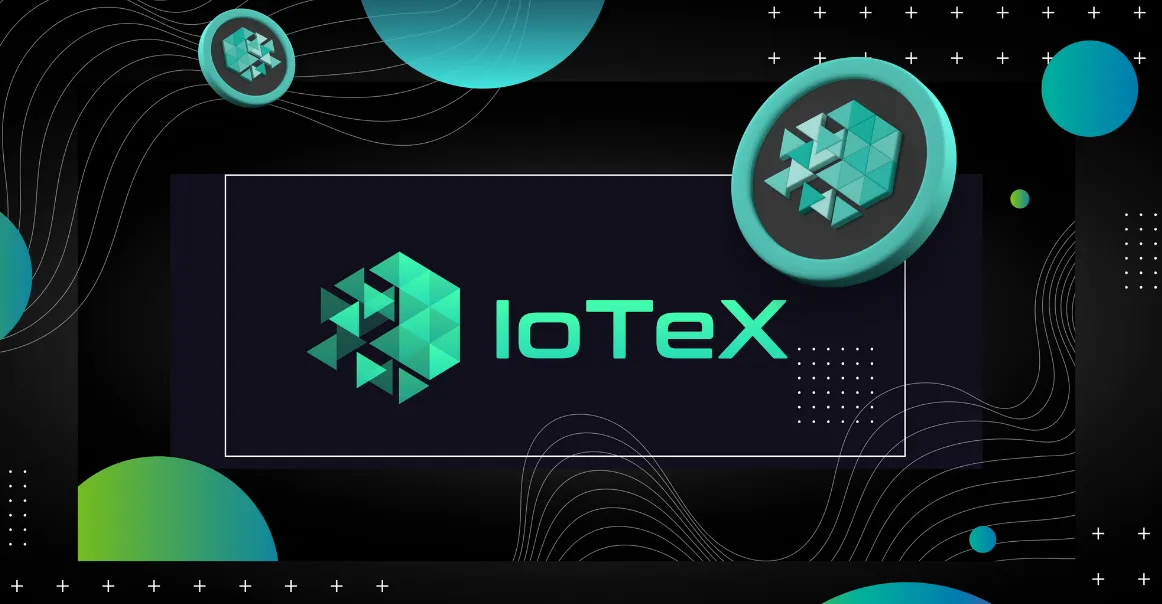One of the most interesting use-bases of blockchain technology are DePINs, a new form of network that has been slowly gaining traction throughout the 2022-2025 bear market. What exactly are Decentralized Physical Infrastructure Networks?
Essentially, they are crowd-sourced infrastructure networks made possible via blockchain-based token incentives. Unlike the digital activity spurred by mindless memecoin trading, DePINs can actually stimulate real-world economic activity.
Although some OG DePIN projects (like Golem) got started on Ethereum, Helium put DePIN on the map with their decentralized LoRaWAN network that rewarded individuals and small businesses in HNT tokens for installing wireless hotspots in rural areas.
Polygon and Solana
Given the slow transaction speeds and high fees on Ethereum mainnet, many DePIN projects chose to build on layer-2 solutions like Polygon. We already covered some interesting DePIN projects building on Polygon in a previous article.
In the last year or so, however, many DePIN projects have been migrating to Solana due to the network's speedy transactions, low fees, technical support, and strong community. We wrote about some interesting DePIN projects building on Solana in a previous post.
Some visionaries have seen such great potential in the DePIN sector that instead of building on established networks, they have decided to design their own DePIN-specific blockchains.
IoTeX and Peaq
Two of the most prominent DePIN-focused blockchains today are IoTeX and Peaq.

Back in 2017, the founders of IoTeX saw the potential of blockchain technology to power IoT (Internet of Things) devices, and set off to build a layer-1 EVM (Ethereum compatible) blockchain specifically for that purpose.
Although the IOTX token has been languishing over the past few years, the IoTeX team has been busy pushing updates, including an advanced on-chain identity solution called ioID, and the QuickSilver framework for device data-AI integration.
By the way, IoTeX has a DEX (decentralized exchange) called Mimo where you can swap various DePIN tokens within the ecosystem.

Meanwhile, the Peaq blockchain launched in 2024 as a layer-1 parachain in the Polkadot ecosystem, featuring modular DePIN functions like peaqIDs (self-sovereign machine identities), peaq access (role-based access control), and peaq pay (escrow for machine payments).
A DEX called MACHINEX was recently launched in the Peaq ecosystem. Although there aren't many tokens listed there yet, this could be the place to go in the future to get the tokens of other interesting peaq-based DePIN projects like Combinder and MapMetrics.
Are IoTeX and Peaq the future base-layer for DePIN projects?
It's important to keep in mind that while some DePINs originally planned to launch on Peaq (like Natix Network) they have since chosen the more established Solana to mint their token. That said, they are still intending to use Peaq's modular DePIN functions (e.g., peaqID, data verification).
It's common for DePIN projects to have their token bridged to multiple blockchains. For example, DIMO (a network that rewards users for their car data) has migrated their Polygon-based token to Ethereum, Base, and IoTeX since their initial launch.
Until next time...
For the time being, most revenue-generating DePIN projects have been building on Solana. That said, DePIN is a rapidly evolving landscape, and it's common to see projects using bridges to migrate between blockchains in these early stages.
Considering their potential, it might be worth diversifying into these DePIN-specific blockchains, while keeping in mind that they are experimental, and will likely face challenges in the coming years if their market share does indeed grow.
If you learned something new from this article, be sure to check out my other posts on crypto and finance here on the Hive blockchain. You can also follow me on InLeo for more frequent updates.